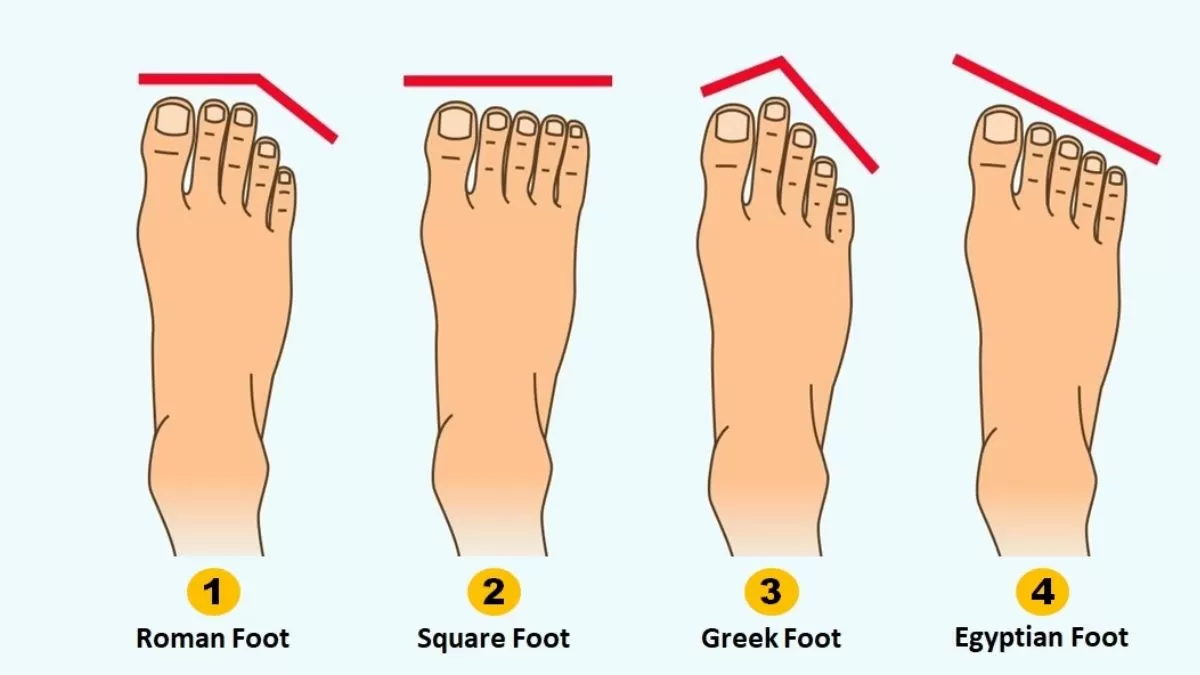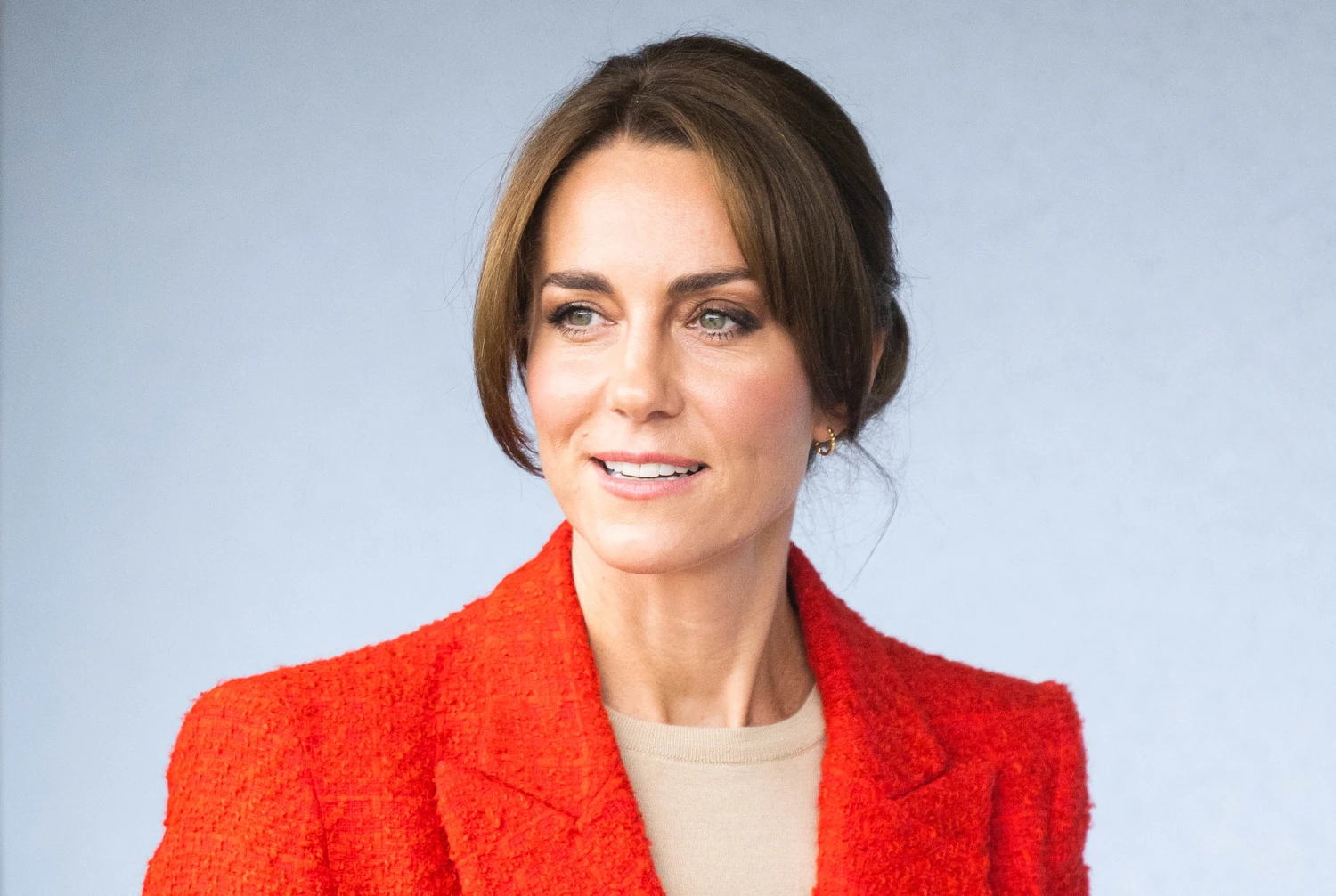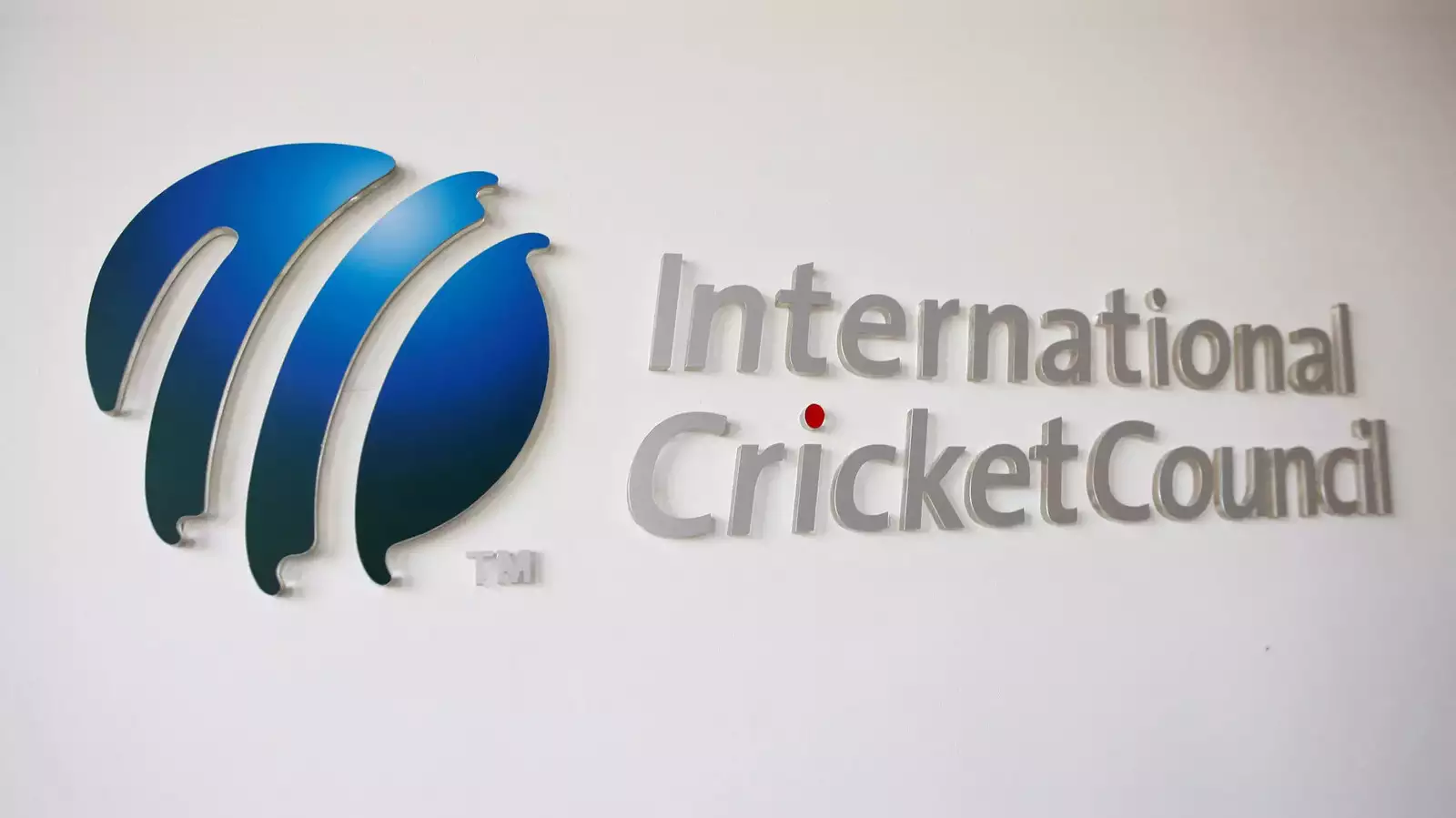In a remarkable event, an egg donated by a poor man fetched an astonishing price of over two lakh rupees in an auction held for the construction of a mosque. This extraordinary incident took place in the Indian-administered region of Jammu and Kashmir.

Residents of Sopore, often referred to as the “city of apples,” had initiated fundraising efforts to build a mosque in the Malpora village. Among the donations received for this noble cause was an egg contributed by a humble individual.
This humble donation quickly became the talk of the village. The egg, like other contributions, was accepted by the mosque committee and later put up for auction. During the auction, the egg passed through multiple hands, with each buyer re-auctioning it to raise more funds.
Surprisingly, the egg fetched a whopping amount of 70 thousand rupees when it was finally bought by a bidder. The total proceeds from the repeated auctions of the egg exceeded an impressive sum of 2 lakh 20 thousand rupees.
The mosque holds great significance as a gathering place for Muslims, where worshippers come together for group prayers five times a day. This heartwarming incident not only showcases the spirit of generosity within the community but also highlights the collective effort towards fulfilling a noble cause.









